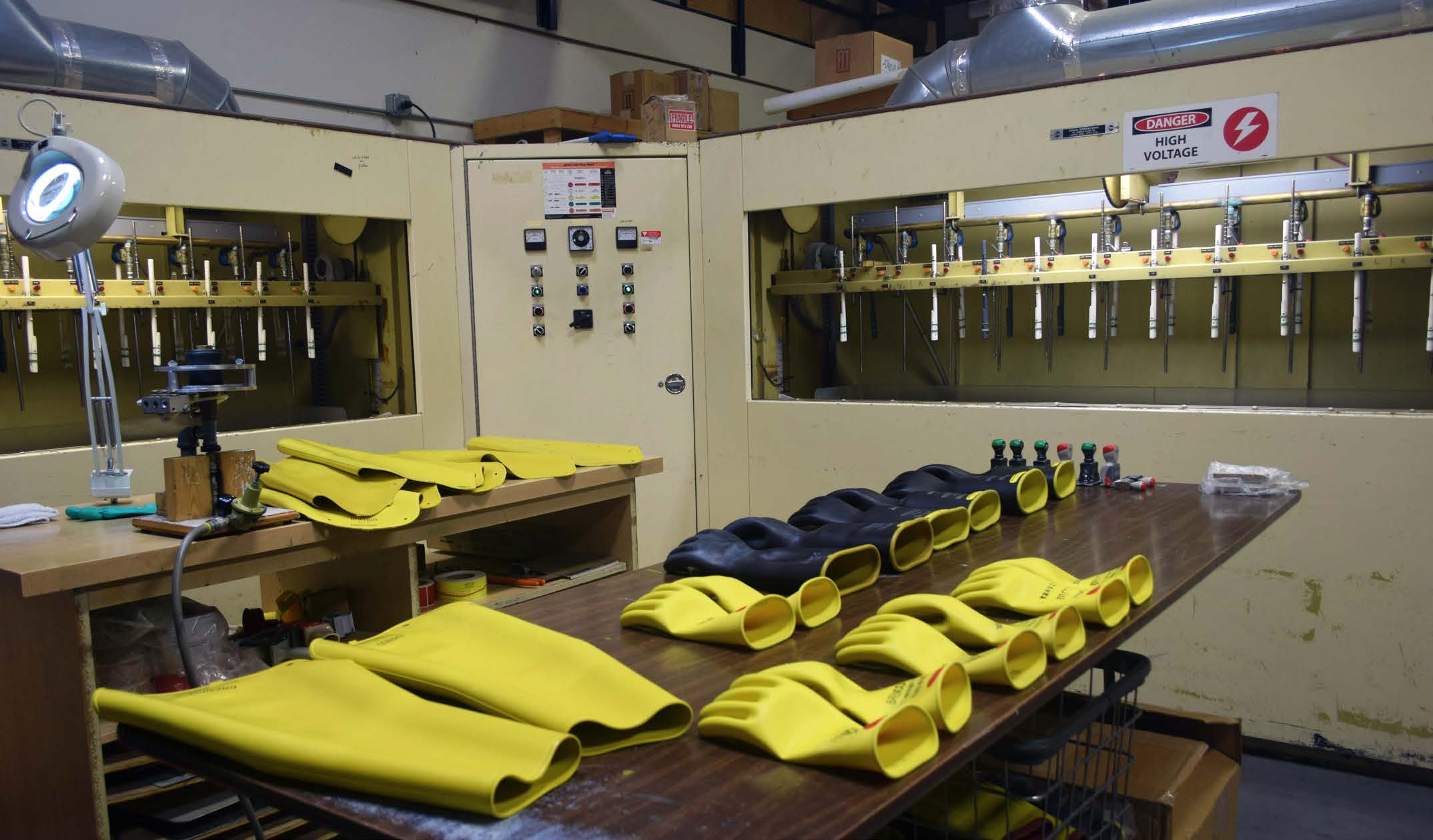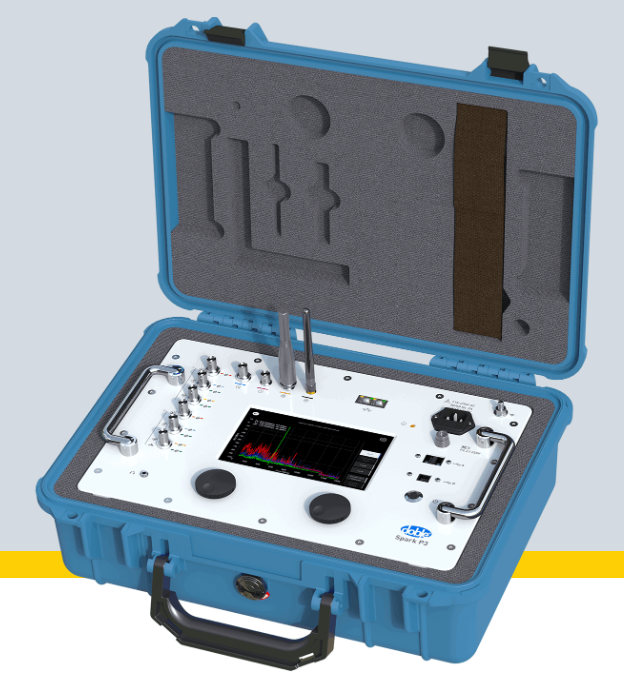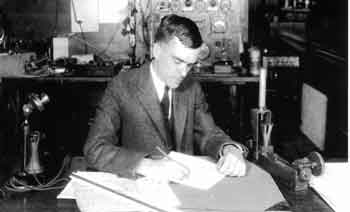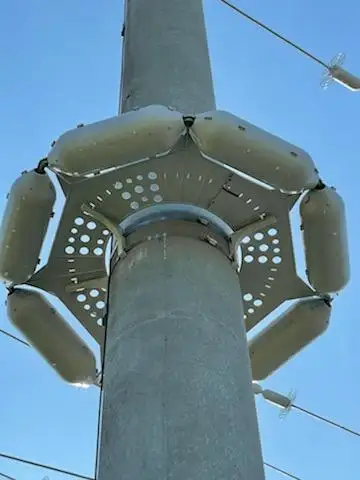What Is A Current Transformer

Substation Relay Protection Training
Our customized live online or in‑person group training can be delivered to your staff at your location.
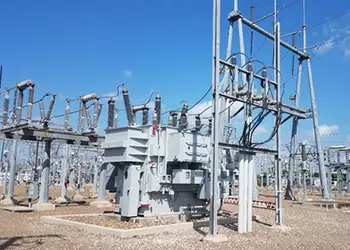
- Live Online
- 12 hours Instructor-led
- Group Training Available
Download Our OSHA 4475 Fact Sheet – Being Aware of Arc Flash Hazards
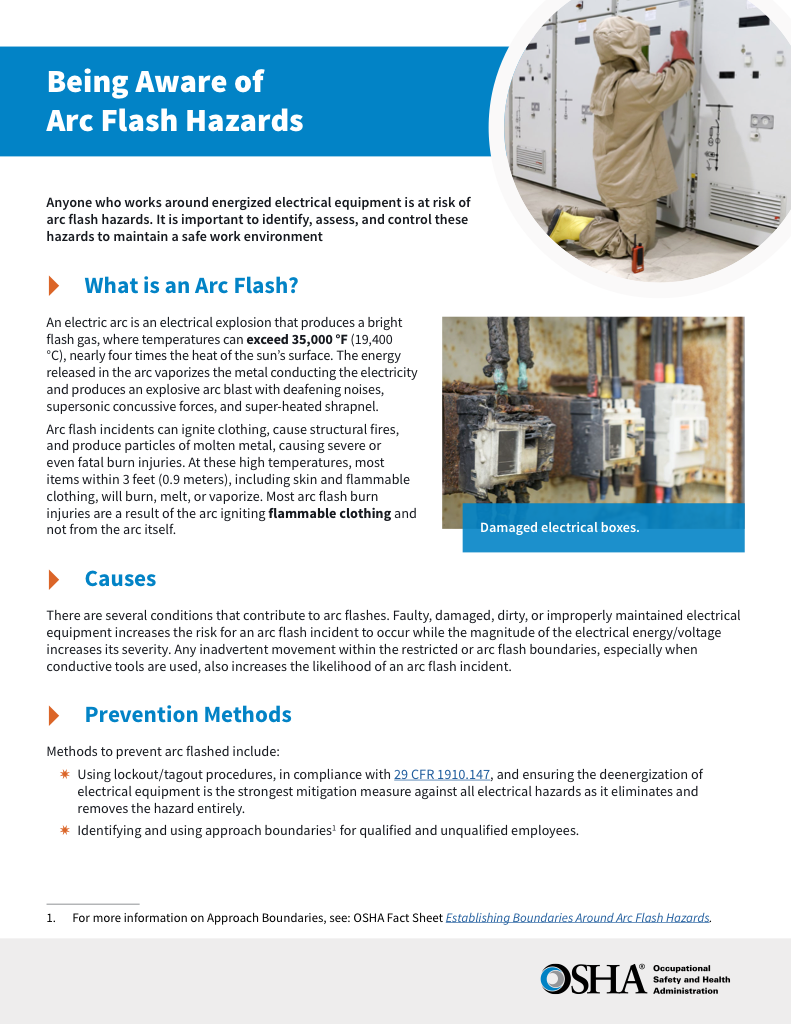
- Identify root causes of arc flash incidents and contributing conditions
- Apply prevention strategies including LOTO, PPE, and testing protocols
- Understand OSHA requirements for training and equipment maintenance
What is a current transformer? An instrument transformer (CT) that scales high AC line current to a low, accurate secondary for metering, protection relays, fault analysis, and isolation using a defined turns ratio.
What Is a Current Transformer?
A current transformer (CT) steps primary current to a safe secondary for metering, protection, and relay inputs.
✅ Steps primary current to standardized 1 A or 5 A secondary
✅ Enables metering accuracy, relay protection, fault detection
✅ Provides isolation, defined ratio classes, and burden matching
A current transformer (CT) is a crucial component in electrical power systems, designed to measure and monitor high currents safely by scaling them down to manageable levels. Used extensively in substations, industrial facilities, and power distribution networks, CTs provide accurate current readings for metering, protection, and control applications. Isolating measuring instruments and protective relays from high-voltage circuits enhances safety and system reliability. Understanding how a current transformer works, its role in electrical protection, and its impact on transformer efficiency is essential for engineers, electricians, and technicians involved in power system management. For a broader primer on CT fundamentals, the guide at current transformer explains terminology and use cases in power systems.
Electrical Transformer Maintenance Training
Substation Maintenance Training
Request a Free Training Quotation
Construction and Working Principles
The construction of a transformer CT consists of primary and secondary windings. The primary winding typically consists of a few turns of a conductor carrying the main electrical current flowing in the power system. The secondary winding, made of many more turns of fine wire, is wound around a core made of silicon steel, which helps in concentrating the magnetic flux. This core is carefully designed to produce an alternating current in the secondary circuit proportional to the current in the primary conductor. Split core CTs, which can be opened and clamped around an existing conductor, are commonly used in retrofitting applications where a system shutdown is not feasible. When outages are impractical, technicians often deploy portable current transformer solutions for temporary metering and diagnostics.
Electricity Today T&D Magazine Subscribe for FREE

- Timely insights from industry experts
- Practical solutions T&D engineers
- Free access to every issue
Safety Considerations
One of the most critical safety considerations when working with current transformers is avoiding open circuits in the secondary winding. Since the transformer CT relies on the continuous flow of current through its secondary circuit, an open circuit can lead to dangerously high voltages due to the sudden collapse of magnetic flux. Proper grounding and ensuring that the secondary circuits remain closed at all times are necessary precautions. Additionally, the installation of protective relays helps prevent electrical faults and safeguard the system.
Accuracy and Burden Considerations
Accuracy in current measurement is a key factor in the effective operation of a power system. The number of turns on the secondary winding and the characteristics of the core material influence the precision of a current transformer. Accuracy classes define the performance of CTs under different conditions, particularly in metering and protection applications. The burden, or the total impedance connected to the secondary winding, affects the accuracy of the CT. If the burden is too high, it can lead to measurement errors and reduced efficiency. To predict saturation and burden effects before deployment, engineers can use current transformer simulation tools during design reviews.
Applications in Metering and Protection
Current transformers serve a dual purpose in electrical systems: metering and protection. In metering applications, they provide precise measurements of electrical current for billing and energy monitoring. In protection systems, CTs work in conjunction with protective relays to detect faults, overcurrents, and other anomalies that may threaten the integrity of the power system. By quickly relaying accurate data, they help isolate faults before they escalate into major disruptions. For ground fault and leakage detection, a specialized device known as a core balance current transformer can improve sensitivity in protection schemes.
Comparison with Other Current Measurement Devices
While current transformers are widely used for current measurement, other technologies like Rogowski coils and Hall effect sensors provide alternative solutions. Rogowski coils, for instance, offer flexibility in installation and do not require a magnetic core, making them ideal for measuring alternating currents in high-frequency applications. However, transformer CTs remain the preferred choice for power system protection due to their high accuracy and reliability in handling high voltage and large current levels.
Integration with Bus Bars and Electrical Systems
Bus bars, commonly used in electrical substations and distribution networks, frequently employ current transformers for monitoring and protection. The primary winding of a CT may be a direct connection to a bus bar or a cable carrying high current, allowing for continuous assessment of the electrical load. This ensures that protective relays receive real-time data to take corrective action if any abnormality occurs.
Frequently Asked Questions
What is the purpose of a current transformer (CT)?
A Current Transformer (CT) is used to step down high currents in an electrical system to a safer, measurable level. This allows for accurate measurement and protection without directly exposing instruments or relays to high currents. CTs are essential for:
- Metering: Providing current input to ammeters, energy meters, and power analyzers.
- Protection: Supplying reduced current to protective relays for detecting faults and triggering circuit breakers.
- Isolation: Ensuring safety by electrically isolating high-voltage circuits from measuring and protection equipment.
How does a current transformer work?
A CT operates based on electromagnetic induction and consists of:
- Primary winding: Connected in series with the main circuit carrying high current.
- Secondary winding: Wound around a magnetic core and connected to measuring instruments or relays.
- Magnetic core: Concentrates the magnetic flux generated by the primary current.
When current flows through the primary winding, it generates a magnetic field, inducing a proportional current in the secondary winding. The turn ratio between primary and secondary determines the current reduction.
Sign Up for Electricity Forum’s Electrical Transformers Newsletter
Stay informed with our FREE Electrical Transformers Newsletter — get the latest news, breakthrough technologies, and expert insights, delivered straight to your inbox.
Example: A 1000:5 CT steps down 1000A to 5A for measurement while maintaining the same phase relationship. Selecting and verifying the correct ratio is discussed in the current transformer ratio reference with practical sizing tips.
What are the different types of current transformers?
CTs come in various designs for different applications:
-
Wound-Type CT:
- Has a primary winding wound around the core.
- Used in low to medium-voltage applications.
-
Bar-Type CT:
- Uses a busbar or conductor as the primary winding.
- Common in high-current applications and switchgear.
-
Toroidal CT:
- Has a circular core with no direct primary winding.
- Conductors pass through the center as the primary.
- Used in differential protection and leakage current detection.
-
Split-Core CT:
- Can be opened and clamped around a conductor.
- Used for retrofitting and temporary measurements.
-
Protection CT:
- Designed for relay operation and fault detection.
- Has a high saturation limit to handle large fault currents without distortion.
What is the difference between a current transformer and a voltage transformer?
A Current Transformer (CT) steps down a high current to a safe level for measurement and protection, while a Voltage Transformer (VT/PT) steps down high voltage for the same purpose. For context on voltage measurement, see the overview of the potential transformer and its typical applications.
- CTs are connected in series, handling current; VTs are connected in parallel, handling voltage.
- CT secondary must never be open, or it may cause high voltage; VT secondary must never be shorted, or it may overheat.
- CTs are used in ammeters & protection relays, while VTs are used in voltmeters & voltage-based relays.
What are the accuracy classes and burden ratings of current transformers?
Accuracy Classes
CT accuracy depends on its intended use:
-
Metering CTs:
- Must be highly accurate at normal operating currents.
- Common classes: 0.1, 0.2, 0.5, 1.0 (percent error at rated current).
- Example: Class 0.2 CT means a maximum ±0.2% error.
-
Protection CTs:
- Accuracy is maintained during fault conditions.
- Classes: 5P10, 10P10, where "P" stands for Protection, and "10" means 10 times rated current accuracy.
Burden Ratings
- The burden is the impedance (in VA) imposed by connected devices on the CT’s secondary circuit.
- Typical burdens: 2.5VA, 5VA, 10VA, 15VA.
- A CT must be properly sized to avoid excessive voltage drop and saturation.
A Current Transformer (CT) is an instrument transformer used to step down high currents to a safer, measurable level for metering and protection in electrical systems. It works on the principle of electromagnetic induction, with a primary winding connected in series with the main circuit and a secondary winding that provides a proportional reduced current. CTs electrically isolate measuring instruments and relays from high-voltage circuits, ensuring safety and accuracy. They come in various types, including wound-type, bar-type, toroidal, and split-core CTs, designed for different applications. Proper selection of accuracy class and burden rating is crucial for reliable performance in metering and protection systems. For a wider background on measurement transformers, consult the primer on instrument transformers and their roles in metering and protection.







